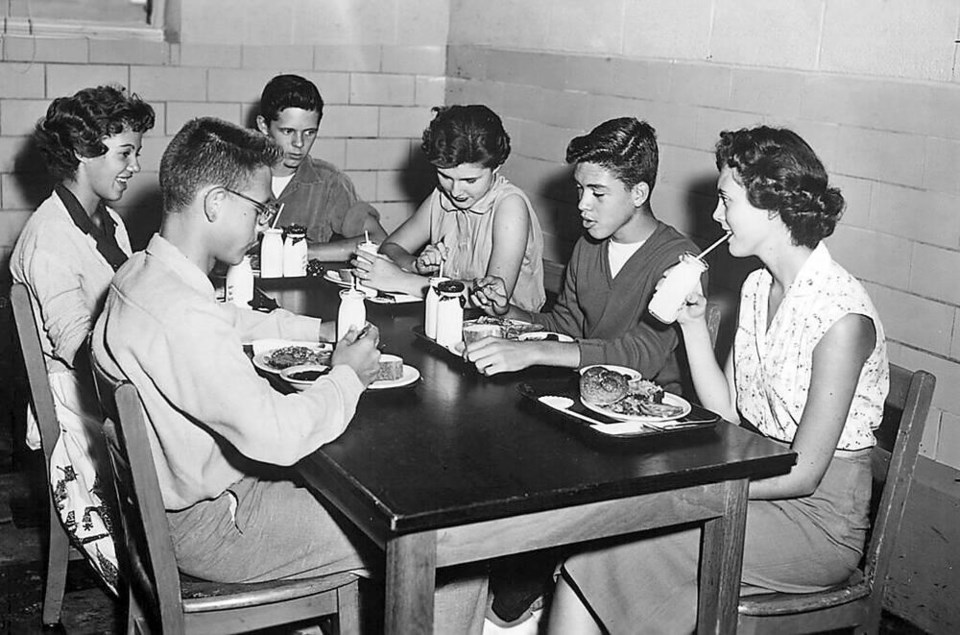“When I use a word,” Humpty Dumpty said in rather a scornful tone, “it means just what I choose it to mean — neither more nor less.”
“The question is,” said Alice, “whether you can make words mean so many different things.”
Humpty, of course was right. There is probably no more abused, misused, misrepresented or exploited word in our language than “democracy,” with “freedom” running a close second.
The Museum of Australian Democracy offers this definition: “A liberal democracy is one that champions the development and well-being of the individual and is organised in such a way as to define and limit power so as to promote legitimate government within a framework of justice and freedom.”
As non-specific as it is, that definition might be the outline of a senior secondary school course examining democracies around the world, both in theory and practice.
Such a course might cover at least four main examples of types and practices of democracy described by the Australian government-sponsored museum.
There would be direct democracy, representative democracy, constitutional democracy and monitory democracy — the latter a form of democracy in which government is constantly monitored in its exercise of power by a vast array of public and private agencies, commissions and regulatory mechanisms.
Had enough yet? Yes, so have I and so would senior secondary students after a short time.
So, 233 words down this column, I think we can agree that learning textbook definitions of democracy is not going to be the way our kids learn what democracy is and why the example to the south of us is not the model of democracy it once claimed to be.
As Jill Lenore wrote in the January 2020 edition of The New Yorker: “American democracy staggers, weakened by corruption, monopoly, apathy, inequality, political violence, hucksterism, racial injustice and unemployment.”
Yet this is the discouraging example of a (failing) democracy our kids see every evening on the U.S. news channels.
Perhaps the only way our kids will understand democracy, warts and all, is to stumble through a secondary school version of it where the adults support and guide kids through a version of student democracy.
Even Winston Churchill, voted out of office after having successfully guided his country through the Second World War, spoke of democracy as “the worst form of government — except for all the others that have been tried.”
Having spent several years as the sponsor of the student council in a large secondary school, I have watched teenagers search for and test the limits of a student democracy — and learn from the experience.
Most kids took the responsibility seriously (sometimes a lot more seriously than the adults around them) as they explored what roles a student council could and could not play in school governance.
As election for council members took place, students ran campaigns based on their interests (from social justice issues within the school to the cafeteria menus). Once elected, student councils felt they were qualified to work with faculty and even other district leaders to take action and make change.
Through successes and failures, they learned, first hand, that the right to object thoughtfully and to constructively challenge school policies with which they did not agree were key components of democracy. But they also learned that abuse and intimidation (sometimes by a teacher) crossed the line into unacceptable behaviour and served to silence democratic voices and deter people from engaging with school politics.
That was exactly the wrong lesson for those in charge who feared “student power” to teach.
Mind you, this was a time, in 1971, when one of the burning issues was an administrative dictum that girls should wear dresses and skirts, not slacks, to school.
By polling a broader spectrum of student and parent opinion, bringing in informed speakers to address assemblies on the issue and searching out the policies of other institutions, the kids won the day on that one. A calm, well-informed version of democracy overcame any wish to stage a walkout. Important lesson.
Quite apart from that, it became evident to the adults in the school that student voices help to increase engagement and build positive relationships.
Adam Fletcher, a writer, speaker and consultant who focuses on education transformation and social change, explains it this way in his book Meaningful Student Involvement Guide to Students as Partners: “Meaningful student involvement is the process of engaging students as partners in every facet of school change for the purpose of strengthening their commitment to education, community and democracy.”
Geoff Johnson is a former superintendent of schools.
>>> To comment on this article, write a letter to the editor: [email protected]



